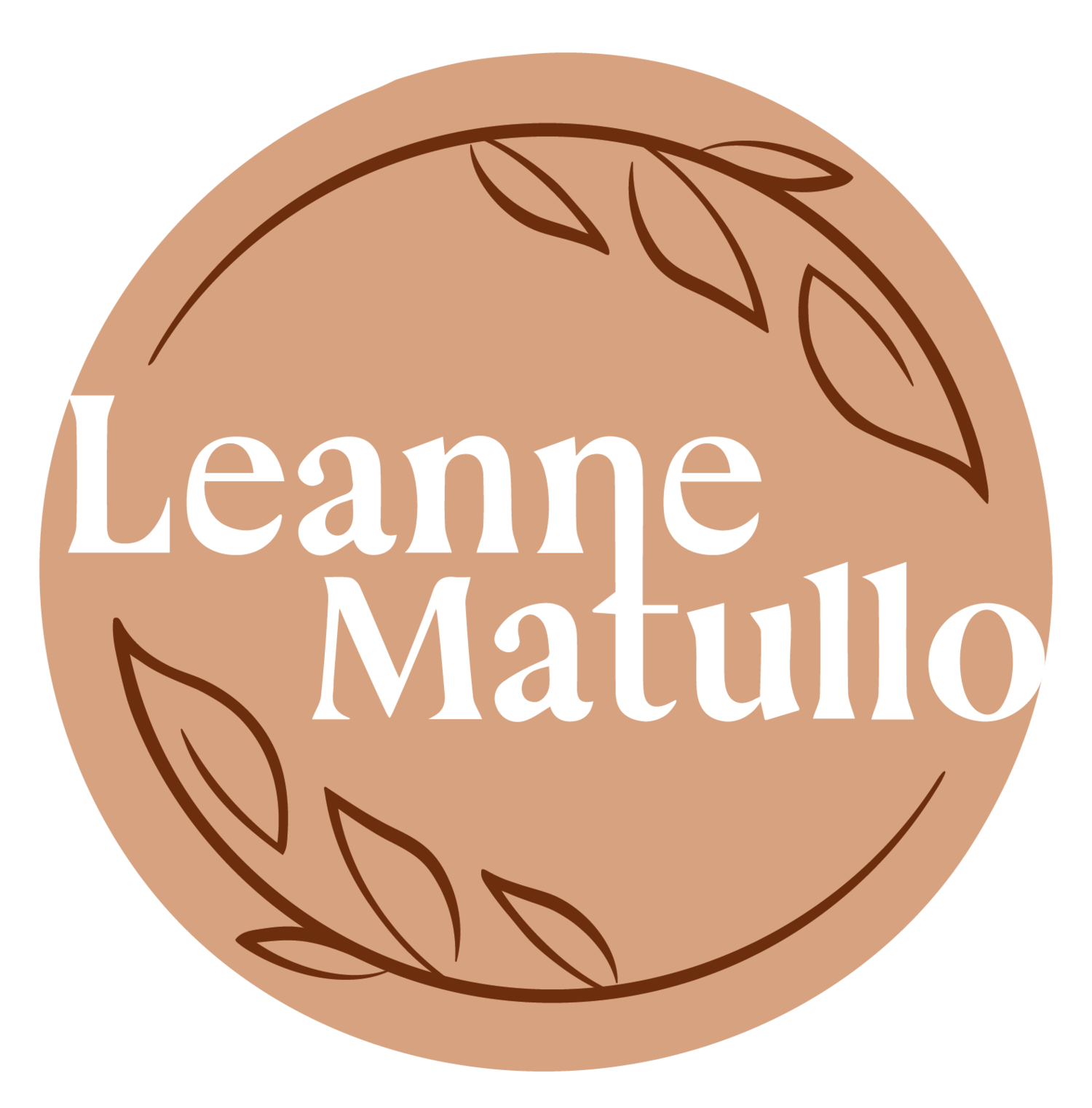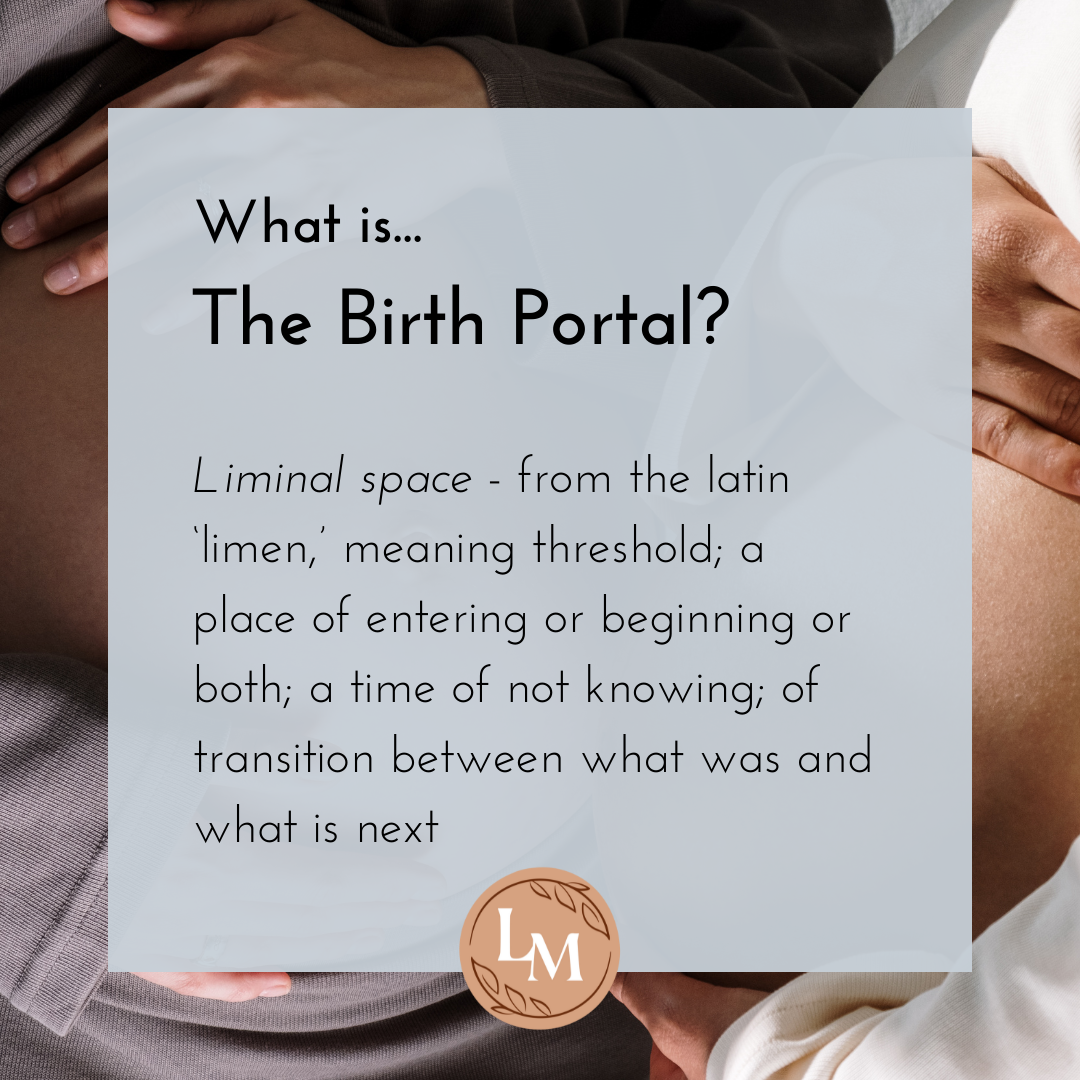The Cascade of Intervention + how to avoid it
Pregnancy and birth are not medical conditions. They are of nature’s design - a natural, physiological process of being human for those in female embodiments.
Do things “go wrong” during pregnancy and birth? Of course. Can we be grateful that those with health conditions can be supported during pregnancy with modern medicine? Of course. Do some births need medical care and attention? Of course.
And yet, the majority of pregnancies and birth experiences do NOT need medical or clinical intervention for the mother and even less so for baby.* In fact, interventions often build upon each other in unnecessary and sometimes downright harmful ways.
When I was coordinating care and support for both of my pregnancies and births, I hired home birth midwives. Oh, how many times did I hear things like “Is that safe??” “I could never do that!” “What if your baby needs a NICU?”
My main reasoning for hiring this type of care was because I wanted as little intervention as possible. I wanted midwives and doulas who understood the true physiological process of birth, and who also knew that giving birth in a hospital increases the likelihood of intervention and Cesarean births.** That choice is not for everyone, I know. And yet, I do believe in aligning yourself with care providers who trust your body, your baby, and birth itself.
Birthworkers and birthkeepers know that dilation before labor begins means nothing. They know that cervical checks aren’t always necessary. They know that labor has natural plateaus and stalls. They know how to help a mother get in a better position for baby during labor (usually not on the back). They know what sounds a woman makes as she’s approaching transition and the pushing phase. They know this because they are witnesses to birth, not actors. They have the ability to lean into the unknown and trust it, rather than forcing a known outcome. And, they also know when intervening is necessary for mother or baby, which would be the exception, not the rule.
When we intervene in labor and birth, we can set up the experience for more and more intervention, which can (and often does) lead to worse birth outcomes for mothers and babies. When we accept intervention without an internal compass, we may wind up experiencing birth traumas and then belittling ourselves because “at least we have a healthy baby.”
In this work, I want to encourage women and birthing people to remember their agency and sovereignty when making choices about their pregnancies and births. This letter is NOT about demonizing any kind of practice, but rather offering choice, healing, and continued health to all of humanity.
The United States has a cesarean birth rate that hovers up to 30-40%, depending on the region of the country.*** The United States also has some of the highest rates of maternal mortality in the Western world.**** The World Health Organization recommends that cesarean births should only occur in about 10-11% of the population. What is leading to this incredibly high rate?
The Cascade of Intervention
The Cascade of Intervention is a well known phenomena with a predictable path and pattern when interventions are introduced in the labor and birth process.***** One form of intervention can and often does lead to another. It can go something like this, but this is certainly not the only path and pieces can be interchangeable:
An elective induction is recommended because baby is close to his or her “due date” or is “overdue” (both of these terms are inaccurate and disrespectful)
The induction process could be a cervical ripener, a catheter, a Pitocin drip or some combination of the above (it often, but not always, includes the use of pharmacological drugs, some of “off label” use)
That induction either “works” putting the woman into labor or it doesn’t, or it might work and then labors stalls. In the latter two scenarios, the Pitocin is turned up or another form of intervention is introduced, such as an artificial rupture of membranes (“breaking of waters”).
Then, Pitocin - a synthetic form of Oxytocin - creates very intense contractions in the mother and for the baby, who aren’t getting the natural doses of beta endorphin between contractions that the body produces when “Pit” is not introduced. The pain becomes so intense that the mother now needs pain medication.
A narcotic is administered to the birthing mother or an epidural is ordered to help her cope and ease the intensity of the pain. These drugs now slow down labor and slow down the contractions…
And, so the Pitocin is turned up and up and up to stimulate the contractions that were just slowed down
This increase in the synthetic drug causes fetal distress OR the birthing person has trouble connecting to her contractions because she can’t feel her body due to pain medication, and so…
Now, a provider may introduce forceps, a vacuum, and/or an episiotomy to help the woman deliver her baby, and if those are unsuccessful…
The mother now needs an emergency caesarean section.
You can see the cascade effect, yes? If you see yourself in this path, it is a very common and normalized scenario.
Does it always happen this way? Of course not. Are some pieces and parts interchangeable? YES. Are there other forms of intervention? You betcha. Do some women receive one induction and avoid the others? Yes, they do. I’ve been one of them. BUT, the truth is our cesarean rate is HIGH and there is a very real reason for it. We intervene in birth when we don’t have to. We try to control an uncontrollable process. We try to mitigate all risk, when there is absolutely no way we can do so.
And in the attempt to control, we actually create worse outcomes in the health of the mothers and their babies. While commonplace, cesarean births are still major abdominal surgeries that require healing, rest, and care. Something this country - i.e. the States - still doesn’t value (i.e. zero paid leave). And, this letter doesn’t even get into the details of what happens to baby when interventions are introduced and implemented over many hours and even days.
Now, why share this at all?
Because, awareness and knowledge are one of the best ways we can learn to trust ourselves in our pregnancies, labors, births, and beyond. Recognizing the Cascade of Intervention, and disrupting that pattern will lead to less birth trauma and better birth outcomes for mothers and for babies. Less unnecessary intervention decreases the rates of postpartum depression and anxiety, too, because there is less birth trauma to work through physically, emotionally, and energetically.
Birth affects our nervous systems and that of our babies. There is no question. Our nervous systems and whole being health affects our postpartum years and - according to Ayurveda and Chinese Medicine - our health for years to come. Birth can also teach us our power. Every birthing human deserves to witness their own strength; however, they choose to birth their babies. Too often, we don’t know our rights and options during birth and default to whatever a care provider tells us to do.
Your body is a force beyond measure. Your being is radiant and powerful. Too many women have been robbed of that. Too many women are making excuses for their providers’ behavior at the sake of “gratitude” for a healthy baby. You can be angry and feel gratitude for your baby. You can also know that you deserve the highest form of care, respect, love, trust, encouragement, and wisdom from whomever you choose to be a part of your birthing experience.
Birth can open wide the door to witnessing the raw, infinite realm of possibilities within. Approaching that door doesn’t come without shaking knees and trembling hands, but it always comes with an awakening of the lioness within the heart. You deserve that. And, if you didn’t have that, I feel it with you. I’ve been there, too.
Within Afterglow - my 12 Week Perinatal Mentorship - we walk through the Cascade of Intervention, how to choose your care providers with intention, as well as healing from traumatic births, unexpected birth outcomes, and/or obstetrical violence. The healing comes from you. I offer the tools from the wisdom traditions of yoga therapy and Ayurveda, many that my own teachers have passed down to me. Please schedule some time to talk with me about Afterglow if you think it might be right for you. We start in the fall.
Jai Ma.
With love,
Leanne
*Pregnancy and Childbirth Complication Rates - US
**What are the risks of giving birth inside and outside a hospital setting?
***Cesarean Delivery Rate by State
@diaduit





